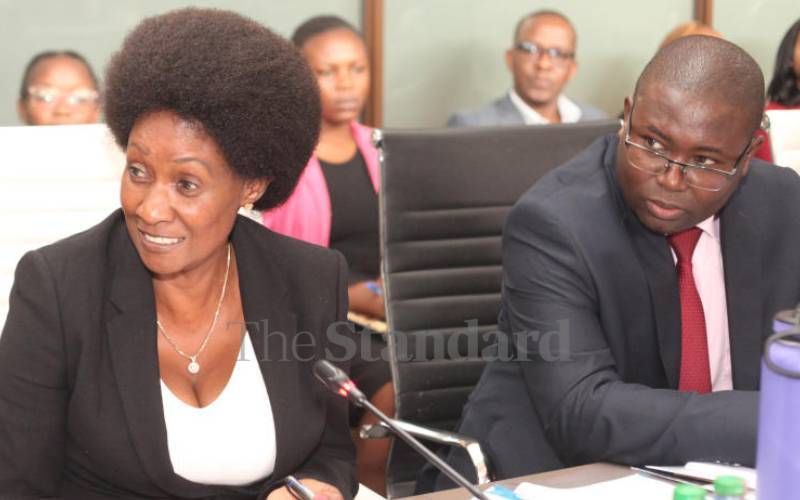×
The Standard e-Paper
Home To Bold Columnists

Seven communities got almost 90 per cent of the 20,990 teaching jobs recently awarded.
A Teachers Service Commission (TSC) audit shows that Kalenjin, Luhya, Kikuyu, Kamba, Luo, Kisii and Meru communities dominated the list of the new teachers.